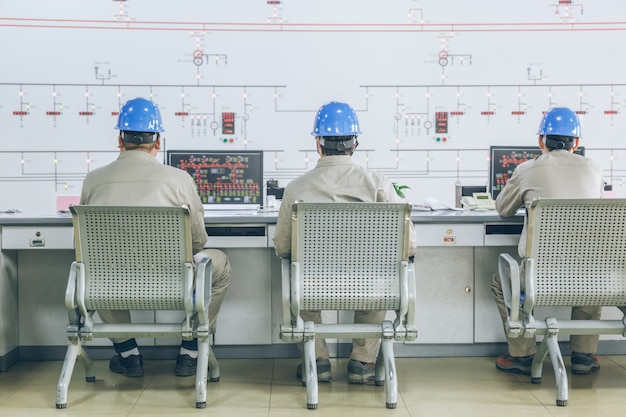
In the heart of the fourth industrial revolution lies the seamless integration of physical and digital realms—ushering in a new era of efficiency, productivity, and innovation. At the core of this transformation stand Cyber-Physical Systems (CPS), the indispensable linchpin driving the engine of Industry 4.0. As factories evolve into intelligent ecosystems, the significance of CPS becomes ever more apparent, revolutionizing traditional manufacturing paradigms and paving the way for unprecedented advancements across industries.
Imagine a factory floor where machines communicate autonomously, optimizing production processes in real-time, responding swiftly to fluctuations in demand, and preemptively addressing maintenance needs—all without human intervention. This vision is not merely futuristic speculation but a tangible reality brought to fruition by the convergence of physical machinery with digital intelligence encapsulated in CPS.
At the heart of CPS lies connectivity—a web of sensors, actuators, and computational algorithms seamlessly interwoven into the fabric of manufacturing infrastructure. These sensors act as the eyes and ears of the system, gathering real-time data on machine performance, environmental conditions, and product quality. Meanwhile, actuators enable the system to translate digital insights into physical actions, fine-tuning operations with unparalleled precision.
Through sophisticated data analytics and machine learning algorithms, CPS harnesses the power of big data to drive predictive maintenance, minimizing downtime and optimizing asset utilization. By detecting anomalies and deviations from normal operating parameters, CPS can preemptively identify potential equipment failures, enabling proactive intervention to avert costly disruptions to production schedules.
Furthermore, CPS facilitates the realization of agile manufacturing paradigms, empowering companies to pivot swiftly in response to shifting market dynamics and consumer preferences. By fostering adaptability and flexibility within production processes, CPS enables Just-In-Time manufacturing, minimizing inventory overheads, and streamlining supply chain logistics.
Moreover, the integration of CPS fosters the emergence of autonomous robotic systems capable of executing complex tasks with unparalleled speed and precision. From automated guided vehicles (AGVs) navigating factory floors to robotic arms performing intricate assembly tasks, these intelligent machines collaborate seamlessly with human operators, augmenting workforce capabilities and driving productivity gains.
Beyond the confines of the factory floor, CPS extends its transformative influence to critical infrastructure systems, transportation networks, and urban environments. From smart grids optimizing energy distribution to autonomous vehicles navigating city streets, CPS enables the seamless orchestration of interconnected systems, ushering in a new era of efficiency, sustainability, and resilience.
However, the widespread adoption of CPS is not without its challenges. Concerns regarding data security, privacy, and interoperability must be addressed to ensure the seamless integration of disparate systems and safeguard against potential cyber threats. Additionally, the upskilling of the workforce is imperative to harness the full potential of CPS, equipping employees with the digital literacy and technical expertise necessary to navigate the evolving landscape of Industry 4.0.
In summary, Cyber-Physical Systems represent the cornerstone of Industry 4.0, driving unprecedented levels of efficiency, productivity, and innovation across industries. By seamlessly integrating physical machinery with digital intelligence, CPS revolutionizes traditional manufacturing paradigms, empowers agile decision-making, and fosters the emergence of autonomous systems capable of transforming the fabric of our society. As we embark on this transformative journey, embracing the potential of CPS is not merely an option but an imperative for organizations seeking to thrive in the digital age.